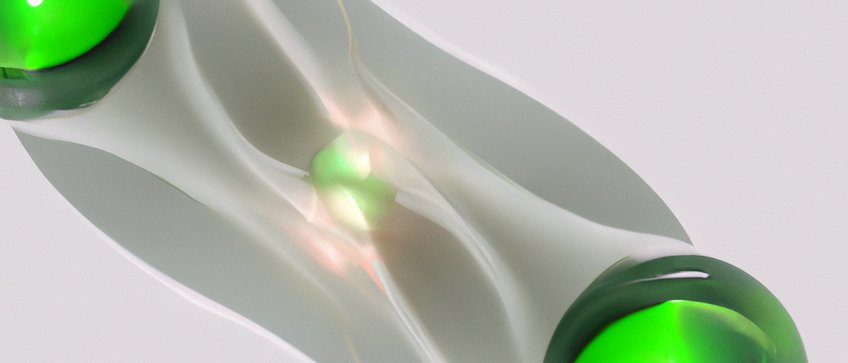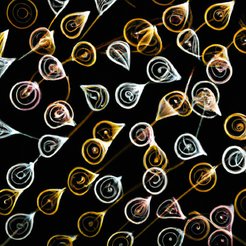
Paired Electrons and Topology - J. Ge
Our group studies electrons in quantum materials, particularly paired and unpaired electrons that form energy bands with trivial or nontrivial topology. We build quantum microscopes based on scanning tunnelling microscopy (STM) to look at electronic behaviours below the atomic scale. Our goal is to discover new physics and quantum matter under the tip of the iceberg.

Electron pairing, a shared concept between physics and chemistry, is rooted in the Pauli exclusion principle. However, the enigma of the pairing mechanism persists in numerous superconductors that exhibit properties exceeding the explanatory scope of the renowned BCS theory. .We aim to unravel this mystery by employing a direct and microscopic visualisation technique to observe the paired electrons.

The topology of the energy bands near the Fermi level dictates how electrons behave on the boundary of two distinct materials. When a topological insulator interfaces with a trivial band insulator, the band gap undergoes a closure and reopening to alter the topology. This inevitable gap closure gives rise to gapless states on the boundary, and our research focuses on elucidating how these conducting electrons differ from their counterparts in a typical metal.

When electron pairing intersects with the realm of topology, it gives rise to novel physics. The active pursuit of topological superconductors is fuelled by the theoretical prediction of Majorana quasiparticles inhabiting these systems, offering potential for error-resistant quantum computation. Following the philosophy "Door meten tot weten" by Kamerlingh Onnes, the pioneer of superconductivity, we are continually developing new measurement techniques to discover and comprehend novel phases of electronic matter.


